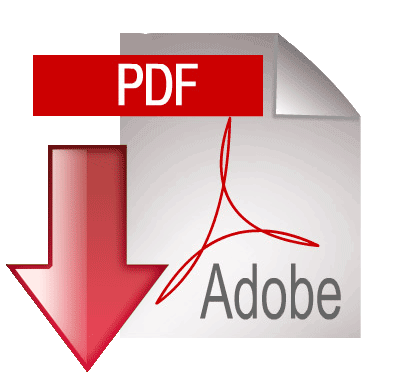Research Experience for Teachers (2019-2020)
NSF RET SITE
For
Middle and High School In-Service Teachers
and
Community & Two/Four Year Associate Degree College Faculty Members
In
"Engineering Design Challenges and Research Experiences for Secondary and Community College Teachers"
Flyer  |
Application
|
Application  |
Application
|
Application ![]()
OVERVIEW
This Research Experiences for Teachers (RET) Site is for middle and high school in-service teachers and full-time community and two/four-year college faculty members offering an Associate Degree. The RET Site is in the area of "Engineering Design Challenges and Research Experiences for Secondary and Community College Teachers." It is offered through the Department of Chemical and Environmental Engineering in the College of Engineering and Applied Science at the University of Cincinnati.
The RET Site goals are threefold:
-
To educate and enrich science and math RET participants’ content delivery in their classrooms by exploring the engineering design-and-challenge instruction process and the critical research skills used by engineers to solve open-ended real-world problems.
-
To improve grades 6-14 student science and math achievement and stimulate interest in STEM careers as a result of better instruction delivered by RET participants trained in engineering content and design-based instruction.
-
To support RET participants in becoming leaders by applying their research experiences in their classrooms and communicating those experiences to their peers.
The RET Site will initiate 10 participants (7 secondary school teachers and 3 full-time community college faculty members) each year in engineering research. Each year, five engineering research project topics will be chosen to augment previous year's work and to provide research experience addressing National Academy of Engineering (NAE) Grand Challenges of Engineering in Water, Energy, Brain, Urban Infrastructure, and Cyberspace. On each of research projects selected, an engineering faculty member Area Coordinator and a Graduate Research Assistant will guide a team of two RET participants. A dedicated RET Resource Person will train, support, guide, and critique the work that the RET participants produce to take back to their classroom. Additionally, an Engineering Education Resource Person will educate the teachers on engineering disciplines and occupations, and how engineers use the design process to solve real world challenges, and assist them in the development of an appropriate engineering challenge for their own classes, based on the summer research. RET participants will take professional development seminars and workshops from invited speakers and a team of highly experienced engineers and educators.
Each participant within the two-member team will develop an individual participant curricular Unit and an individual participant student audience poster. Each two-participant team will produce a team project report, a team PowerPoint presentation, a short (~ 3 minute) team research video for other teachers, and an individual RET curricular Unit, a classroom poster for students and a participant draft of a journal article during their RET summer experience. To aid the RET participant, a template will be used to develop, revise and finalize prior to teaching the RET curricular Unit under the guidance of the RET Resource Person. Each participant will implement his or her RET curricular Unit in at least one classroom during the following academic year. After teaching the RET Unit, each participant will incorporate the pre- and post-test and other assessment results documenting growth in student learning and their reflections, experiences and lessons learned in the Unit template. Additionally, the participants will also prepare a poster and a short (= 3 minute) video showcasing their Unit highlights for other teachers. The final RET deliverables produced by each participant, Unit plan, poster and movie/video, will be disseminated to other K-12 teachers through a dedicated website and an annual regional STEM Conference for K-12 educators. The project evaluation plan includes assessment of both the impact of the research experience on the teacher and on student learning as a result of classroom implementation.
The Engineering Design Challenge driven RET Site works to meet the growing need for creating a community of educators, including secondary school teacher-leaders, community college faculty members, and university graduate students and faculty members with engineering research experience and the teaching knowledge to assist one another as they develop and implement challenge-based learning and design-based engineering activities. These secondary school teachers will be equipped to provide learners with opportunities to achieve recently released Next Generation Science Standards and recently revised Ohio State New Learning Standards for Science centered in "real world application: connections to engineering," as well as new, more rigorous Common Core Standards for Mathematics which aim "to better prepare students for post-secondary college and career options." These community college faculty members will be equipped to integrate individual hands-on research challenges with team-based curriculum development to enable new research concepts to be introduced in community college classrooms in the engineering design context-based approach. Implementation of such curriculum in community college classrooms is expected to result in yield of community college transfer students to engineering undergraduate degree programs.
This RET Site provides:
-
An opportunity to use state-of-the-art testing lab equipment and simulation tools used by engineers.
-
Greater understanding of basic and applied research processes, translating their experience into classrooms and sharing it with colleague.
-
Greater understanding how engineering research integrates science and math, providing them with a contextual basis to instruct their students.
-
Experience illustrating that research is often interdisciplinary and collaborative.
